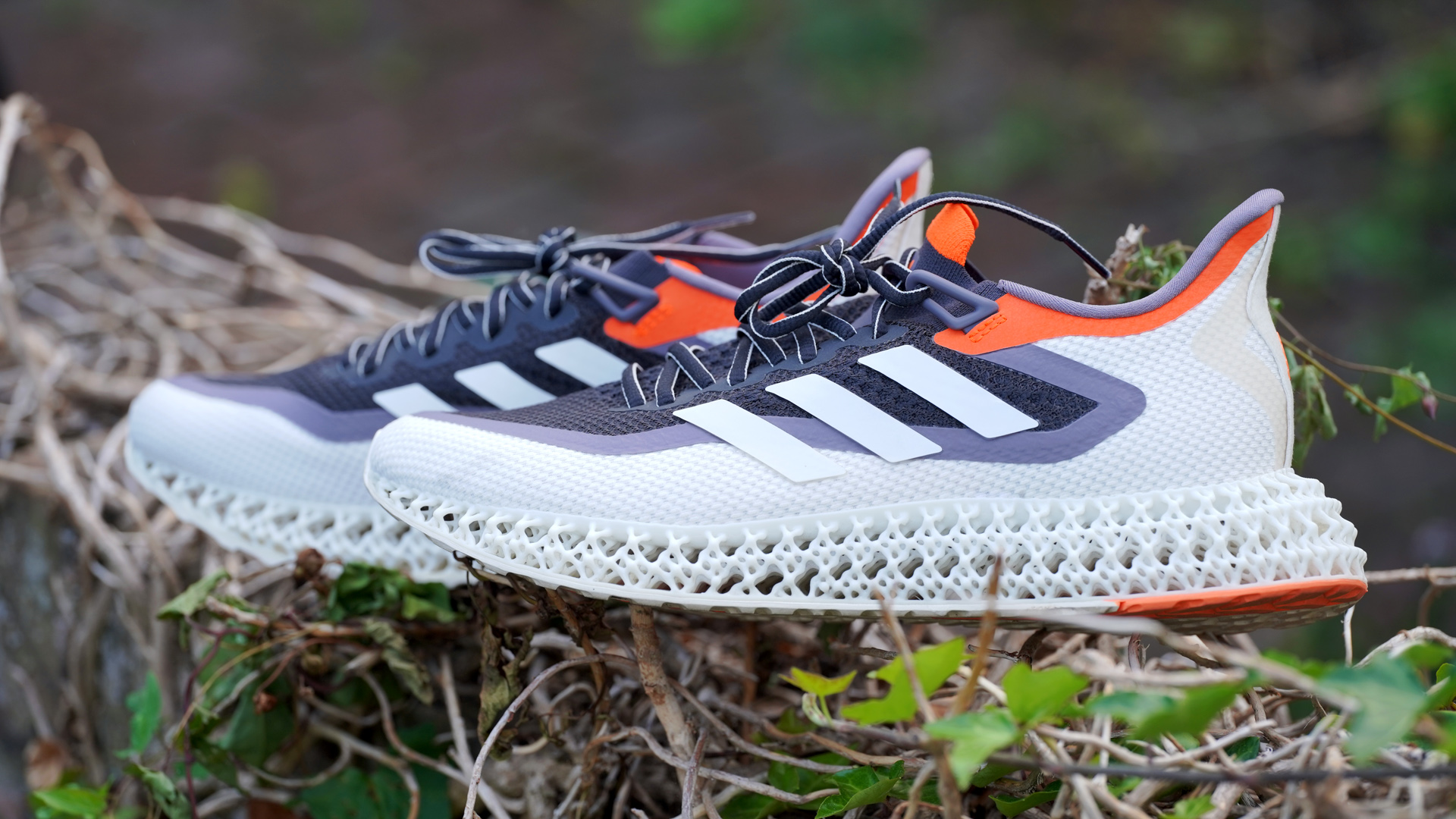

I'm a lucky guy, not just because I get to try amazing products such as the Adidas 4DFWD 2 before anyone else, but also because I sometimes get to speak to the people responsible for creating these phenomenal products. And, if you ask me, that's more exciting than trying the products themselves.
As it happens, Adidas invited me to the launch of the new Adidas 4DFWD 2, the successor of the Adidas 4DFWD, one of the most unique running shoes from last year, at the Adidas North America HQ in Portland, Oregon – a unique experience in itself. During my visit, I peeked behind the curtain – figuratively and literally – to witness what it takes to design a shoe as unique as the 4DFWD.
As you can probably tell, the 4DFWD 2 aren't your average running shoes, which is evident by looking at the lattice structure of the midsole. This one-of-a-kind design is based on research, millions of midsole iterations – well, millions of lattice structures – and the hard work of dozens of experts. Here is the recap of the event:
Adidas 4DFWD 2 – What's new?
As cool as the 3D-printed midsole is, it's the same one used in its predecessor. Instead of reworking the lattice, the Adidas 4DFWD 2 focuses on 'holistic' updates and fine-tuning the shoes based on user feedback to make them more suitable for running. As awesome as the original 4DFWD was, it was criticised for not being the most supportive running shoe – very rightly so.
The Adidas 4DFWD 2 aims to address these issues by providing better fit, ergonomics and grip. The new upper is admittedly the main attraction, and it now features an all-new Primeknit+ and engineered mesh system 'for an extra-supportive and snug fit', Adidas says. The reinforced engineered mesh runs around the perimeter of the upper; you'll find the sock-like Primeknit+ fabric at the top, just under the lace cage.
The shoes also added a new integrated heel counter for better support at the rear. Additional grip is provided by the Continental rubber outsole, used in many of the best Adidas running shoes. Considering the Adidas 4DFWD 2 uses the same midsole technology as the 4DFWD, the drop/offset is the same, clocking in at 11 mm (heel: 32 mm / forefoot: 21 mm). The shoes are 2 mm taller than the 4DFWD, though.
As for weight, the 4DFWD 2 isn't the lightest running shoe on the market. The tested US size 10.5 (UK size 10) weighs a hefty 13.8 oz/391 grams; compare this with the Adidas Adizero Adios Pro 3's 244 grams. Of course, the technology used for those shoes is entirely different, so I'm comparing apples with oranges here, but still, the 4DFWD is a chunky shoe.
Get all the latest news, reviews, deals and buying guides on gorgeous tech, home and active products from the T3 experts
Adidas 4DFWD 2 Image Gallery
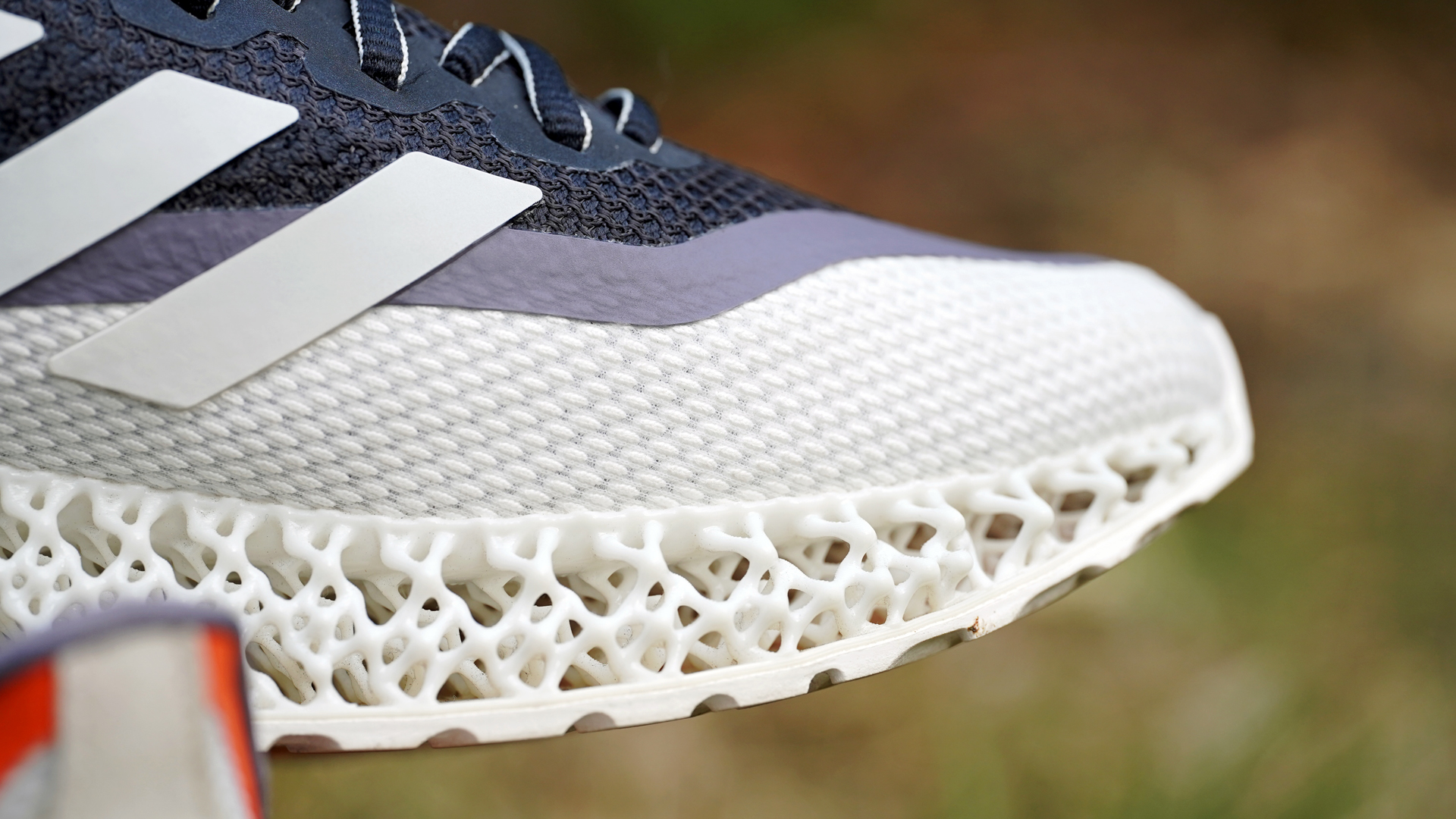

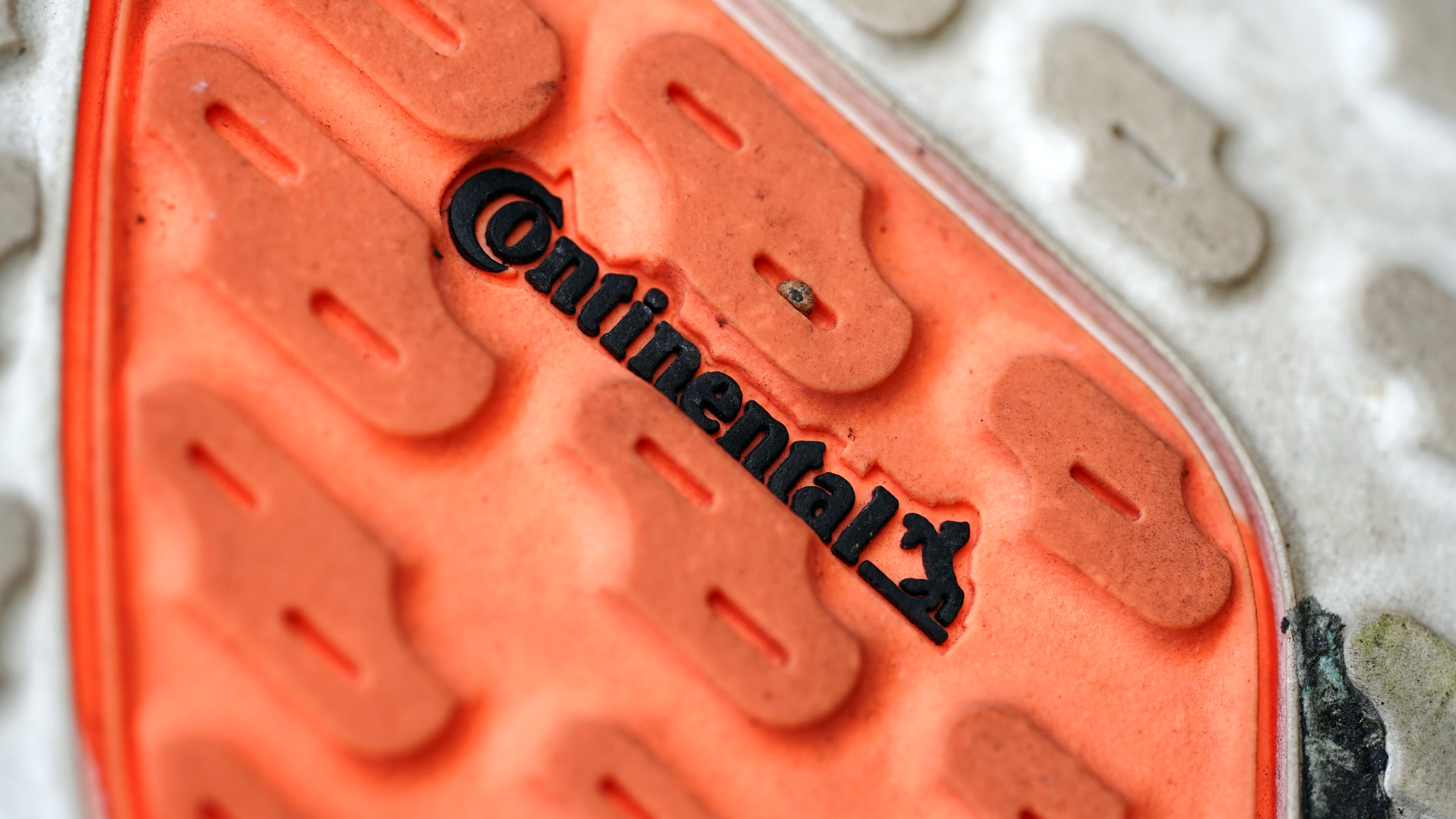

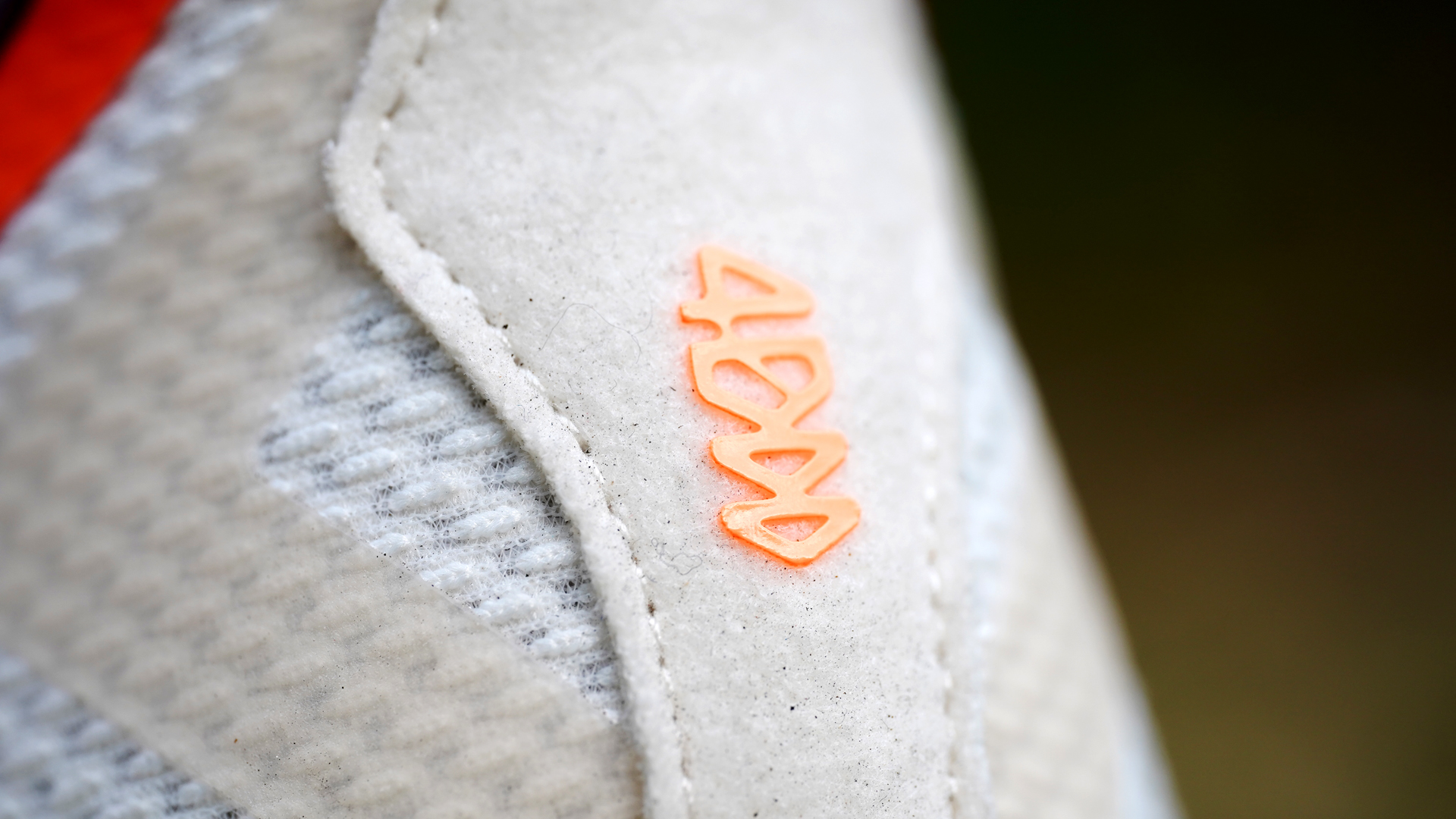
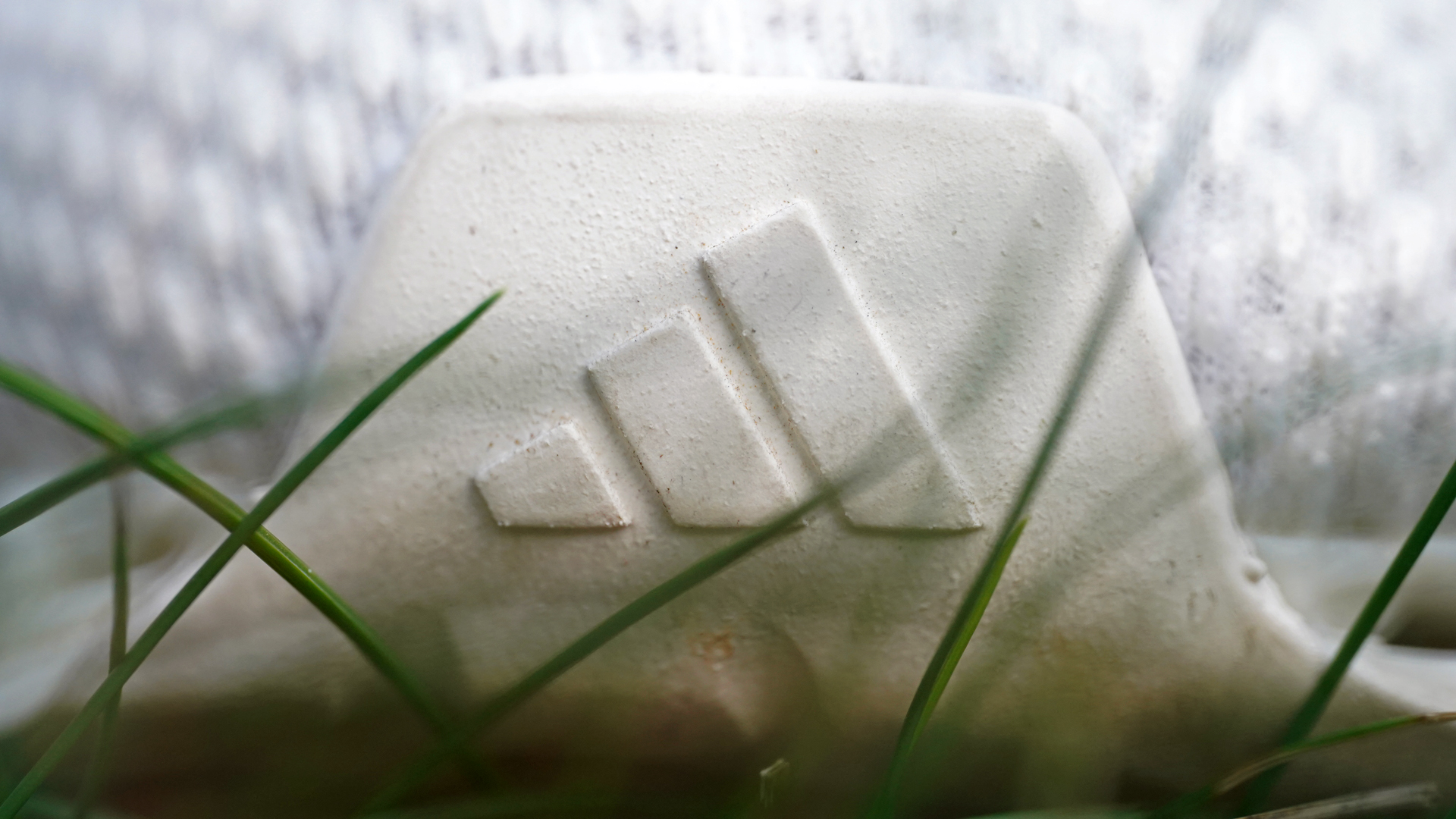


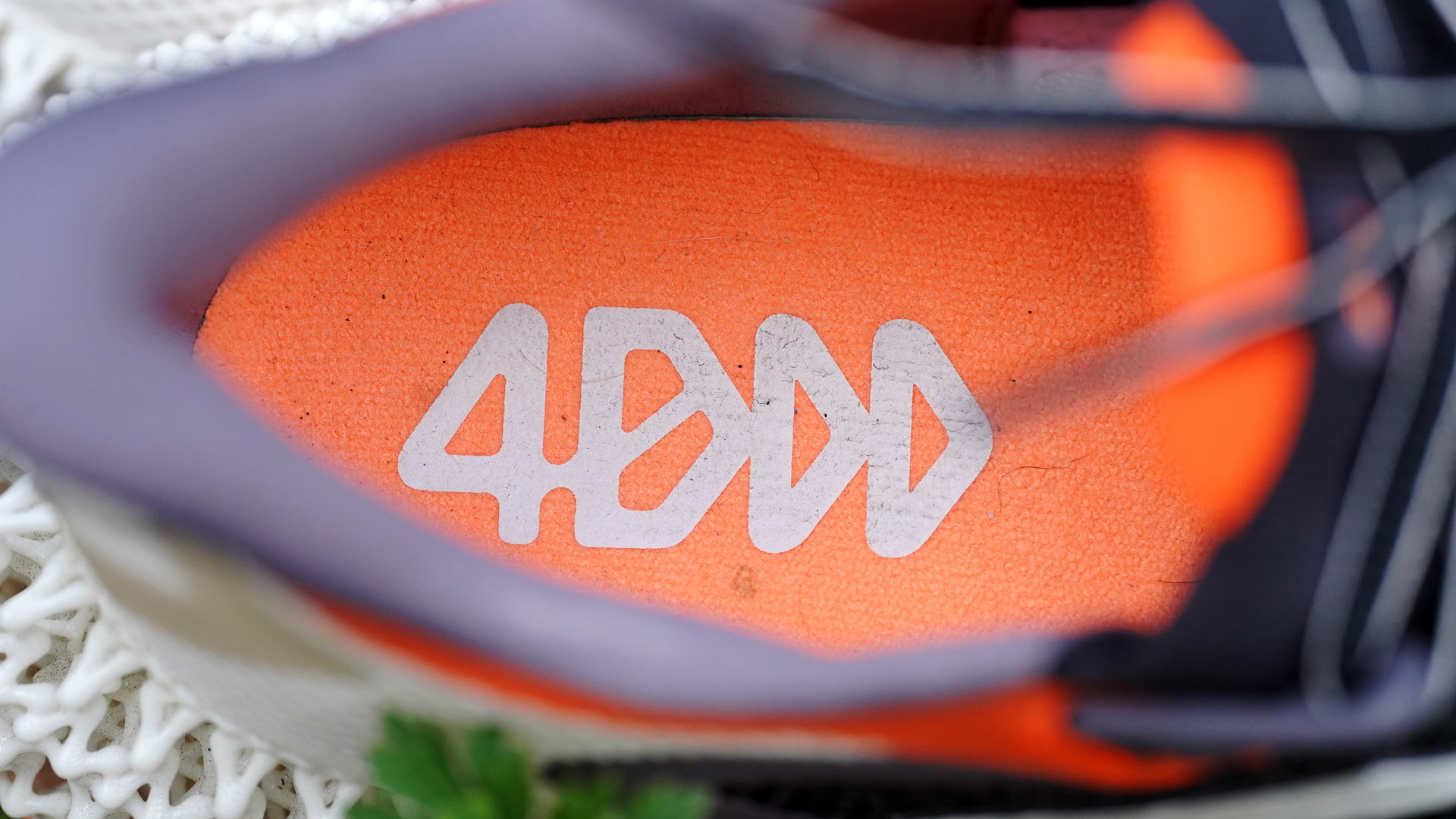
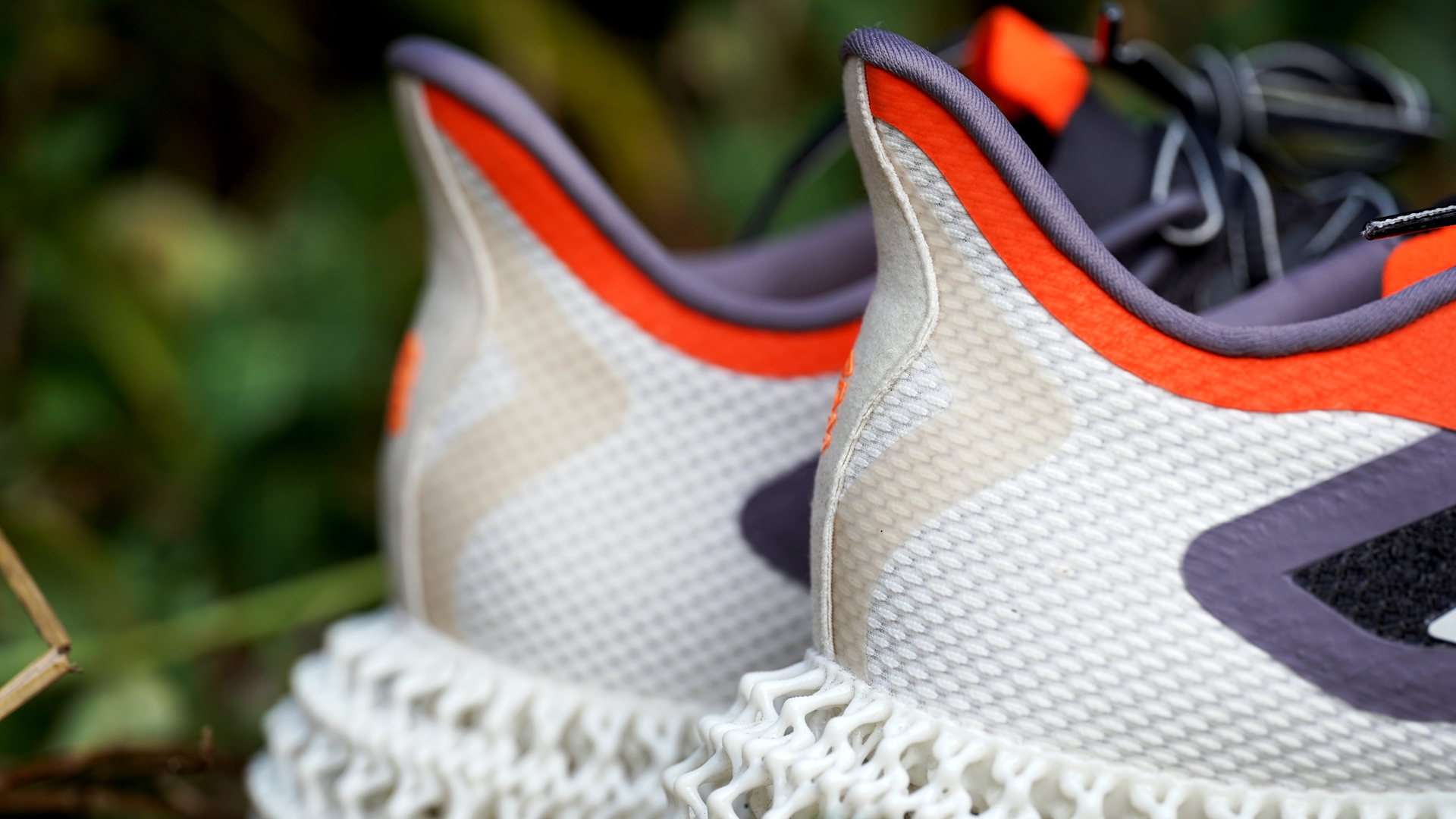
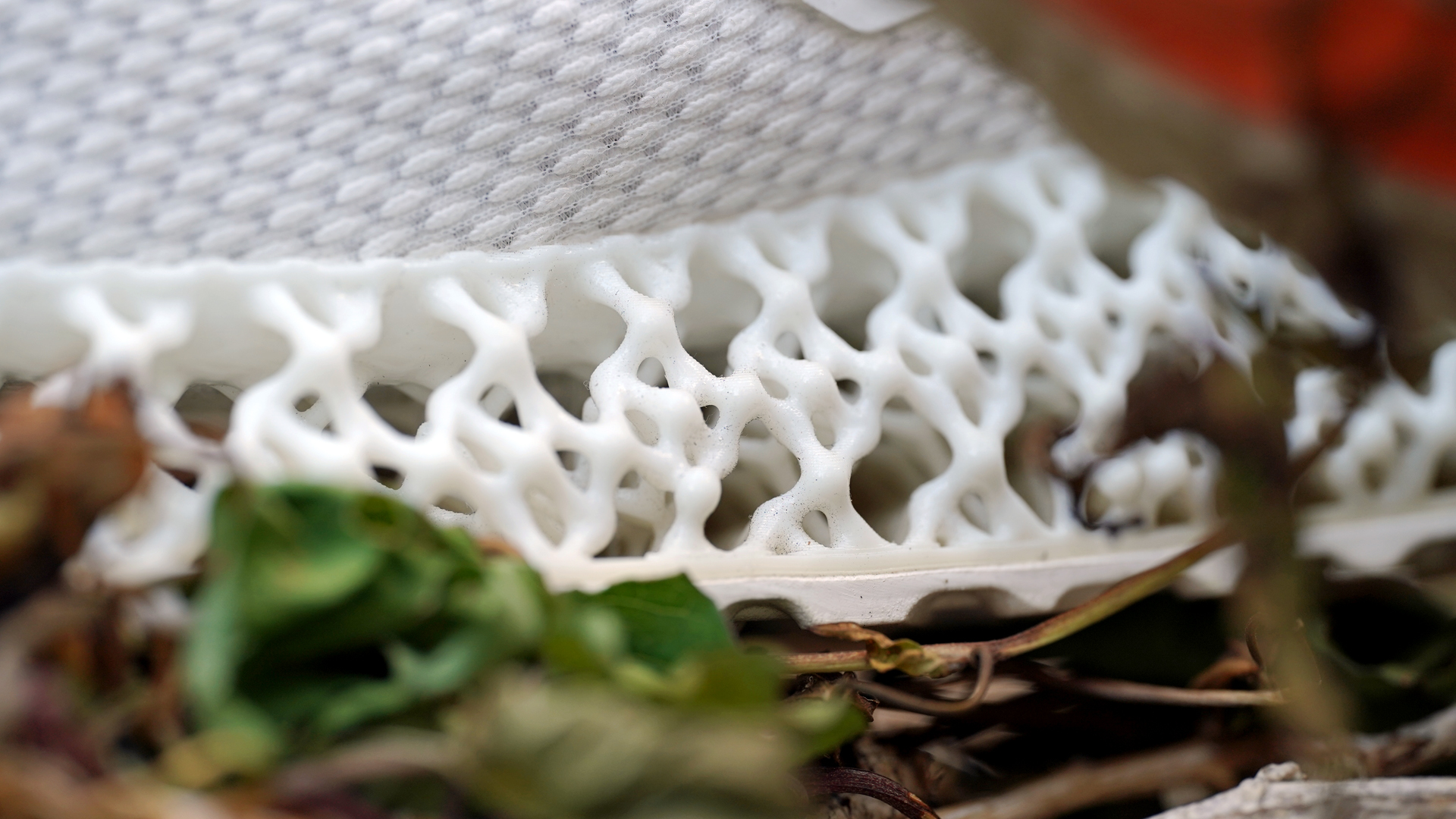

How does it feel to run in the Adidas 4DFWD 2?
I had to go to the US to realise what the Adidas 4DFWD 2 is really about. Many people, including myself, were asking questions about energy return at the event, but the truth is, the 4DFWD 2 isn't about that; it's about forward motion. The shoes return energy – all foams do – but the main point of the shoes is to turn downward force into forward momentum.
You don't bounce back when running in the shoes; instead, you move forward. Well, you bounce back, as mentioned above, but that's not the point. The shearing motion of the 3D lattice is meant to help you keep going forward and forward only. The bowtie structure is designed to reinforce this by only allowing this motion to manifest.
Can you actually feel the difference when running in the shoes? At the event, the shearing motion was demonstrated to us by a deck of cards: when you push the top of the deck, the cards will start moving in cascading order. In reality, running in the Adidas 4DFWD doesn't like running on a deck of cards – probably for the best.
It does feel different, though. It's a smooth sensation and one that's hard to explain. The shoes aren't light, but running in the 4DFWD doesn't feel like a slog. The best way to describe the sensation is by using the word 'fluid' – you'll be moving forward in what feels like one singular motion. A unique experience indeed!

Is the Adidas 4DFWD 2 a running shoe or a sneaker?
The Adidas 4DFWD 2 is a running shoe and a sneaker. The previous iteration was admittedly closer to sneakers, but the 4DFWD 2 is more capable as a running shoe, thanks to the new upper and outsole design. I'm sure there will be plenty of runners who'd rather spend hundreds more on a Nike Air Zoom Alphafly NEXT% 2 than getting the Adidas 4DFWD, despite the effort that went into making the shoes more runner-friendly.
And, to be honest, I don't blame them. The 4DFWD 2 is a handsome shoe; some might say it's too pretty to be taken seriously. But let's not forget that many of the best running shoes look pretty good, too, including the On Cloudmonster, the New Balance Fresh Foam X 1080v12 and the Nike Air Zoom Pegasus 39 – and those are taken pretty seriously by runners around the globe.
I'm pretty confident Adidas will be able to convince people to start using the 4DFWD 2 for running; it's only a matter of time. Yes, you can use them as sneakers, and even I wouldn't mind acquiring some of the limited edition colourways of the shoes, but that doesn't mean I wouldn't use them for running. Au contraire!

Adidas 4DFWD 2 – Price and release date
The Adidas 4DFWD 2 launches in a number of colourways, including a Carbon Cloud White and Impact Orange iterations for men and Grey Five and Cloud White colourways for women. The shoe, available via Adidas US, Adidas UK and Adidas AU, is priced at $200/£170/AU$360 and will be able to buy from 1 September 2022, with Early Access for members of the Adidas Creators Club from August 22.

Matt Kollat is a journalist and content creator who works for T3.com and its magazine counterpart as an Active Editor. His areas of expertise include wearables, drones, fitness equipment, nutrition and outdoor gear. He joined T3 in 2019. His byline appears in several publications, including Techradar and Fit&Well, and more. Matt also collaborated with other content creators (e.g. Garage Gym Reviews) and judged many awards, such as the European Specialist Sports Nutrition Alliance's ESSNawards. When he isn't working out, running or cycling, you'll find him roaming the countryside and trying out new podcasting and content creation equipment.